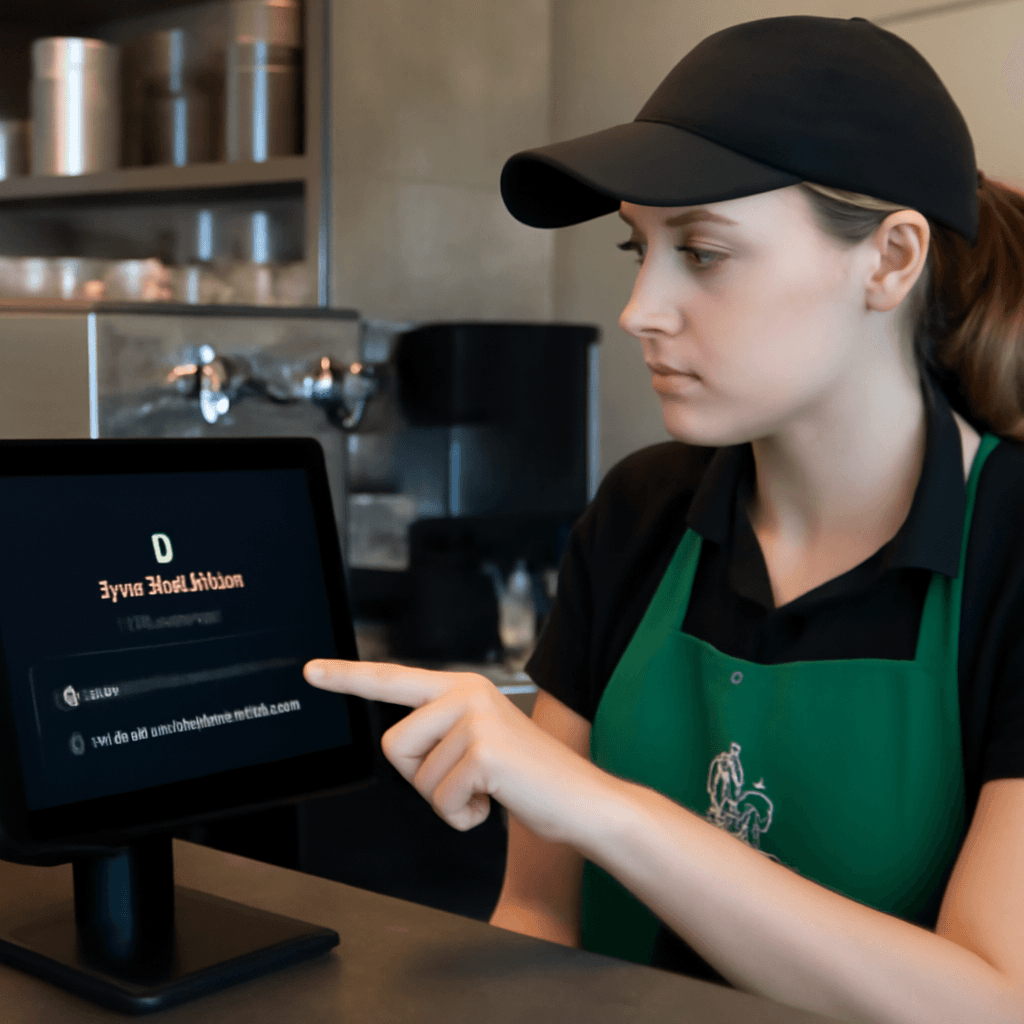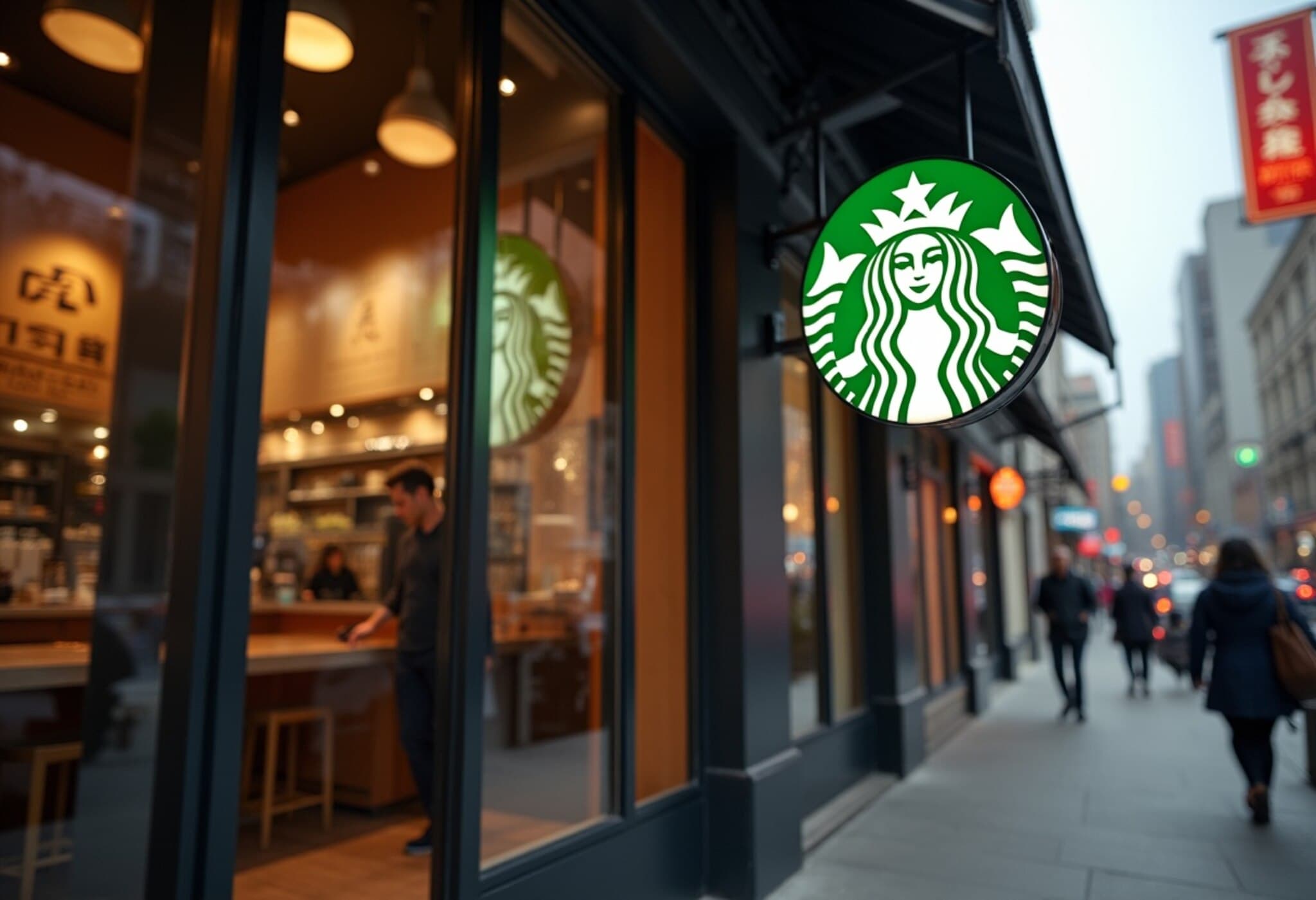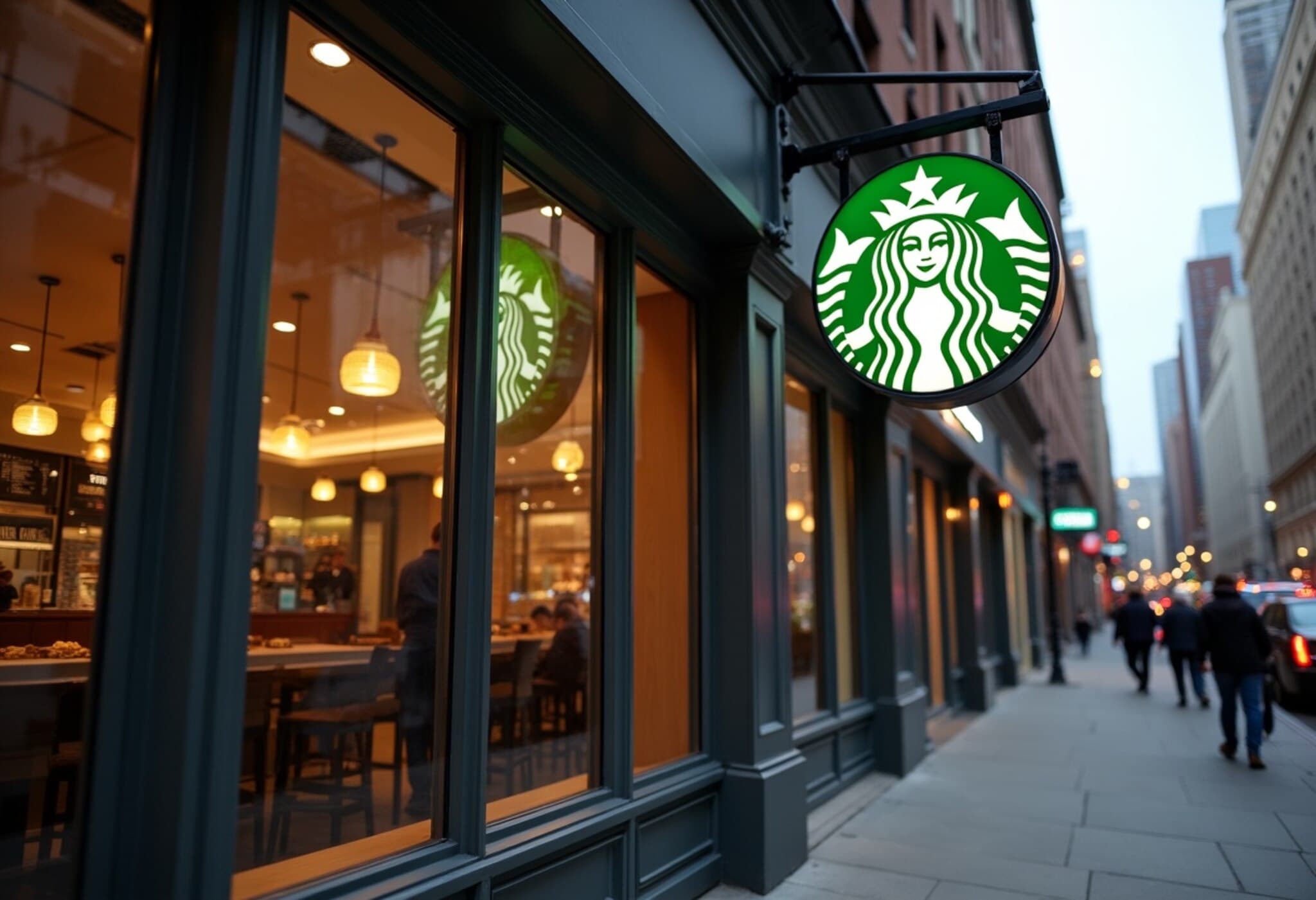Starbucks Corporate Employees Face New Return-to-Office Mandate
Starbucks is signaling a significant shift in its post-pandemic workplace policy: starting this October, corporate employees will be expected to be physically present in the office four days per week. The announcement, made by CEO Brian Niccol on July 14, 2025, reflects the company's renewed focus on in-person collaboration as a key element in its ongoing turnaround strategy.
Voluntary Separation Incentive Offered Amid Policy Shift
Understanding that this new mandate may not align with all employees’ preferences, Starbucks is proactively offering a one-time voluntary exit program with a cash payout for those opting to leave the company instead of increasing their in-office days. Niccol emphasized in his announcement that while this decision was carefully considered, the company's core value of human connection necessitates close-knit teamwork during this critical period of transformation.
The Strategy Behind the Office Return
Starbucks has been navigating declining U.S. sales under Niccol’s leadership. His comeback plan revolves around streamlining the menu, enhancing customer experience, and accelerating service speed to under four minutes per drink. The intensified office presence is designed to foster better coordination and speedier decision-making within the corporate ranks to support these objectives.
Background: Previous Workplace Policy Adjustments
Since Brian Niccol took over as CEO in August 2024, the company has implemented several operational and workforce changes:
- In October 2024, employees were warned they risked termination if they did not return to the office at least three days a week.
- By February 2025, Starbucks halted hiring for hundreds of open corporate positions to streamline costs and efficiency.
With approximately 16,000 employees working at corporate and support roles, these shifts mark a decisive move toward intensified on-site collaboration.
Niccol’s Leadership and Location Flexibility
An interesting nuance in this story is that Niccol himself, a Southern California resident, was never contractually obligated to relocate to Starbucks’ Seattle headquarters. The company agreed to set up a satellite office in Newport Beach for him. Despite this flexibility, Niccol usually works in the Seattle headquarters when not on the road, underscoring his commitment to face-to-face leadership.
Expert Commentary: The Business Case for Office Reentry
From an organizational behavior perspective, Niccol’s push for more in-office days reflects a broader trend among companies aiming to recapture the spontaneous collaboration and cultural cohesion lost during remote-only periods. For a brand like Starbucks, which markets not just coffee but community and connection, this strategy aligns with its ethos.
However, there are risks: employee retention could be challenged if the new policy alienates workers valuing flexibility. Offering buyouts mitigates this but may also result in losing talented contributors unwilling to return.
What This Means for Employees and the Broader Market
The decision signals a potential recalibration of workplace norms in corporate America, especially in service and retail sectors that had embraced remote or hybrid models during the pandemic. Starbucks’ approach illustrates a balancing act between operational needs and workforce sentiment, raising important questions:
- Can a large company successfully pivot back toward office-centric culture without incurring excessive turnover?
- How will incentives like cash payouts reshape employee decision-making in a tight labor market?
- What lessons does this hold for other companies struggling with similar policy tensions?
Looking Ahead
As Starbucks continues its turnaround, the coming months will be critical for observing how these changes affect productivity, employee morale, and customer satisfaction. Stakeholders should monitor whether this enforced coming together translates into tangible business improvements or reveals deeper fractures inside the corporate structure.
Editor’s Note
Starbucks’ return-to-office mandate is more than a schedule adjustment — it's a window into evolving workplace philosophies post-pandemic. For policymakers, business leaders, and employees alike, it prompts reflection on the future of work: how do companies balance human connection with the flexibility modern professionals increasingly demand? This story embodies that ongoing dialogue and its real-world complexities.


















